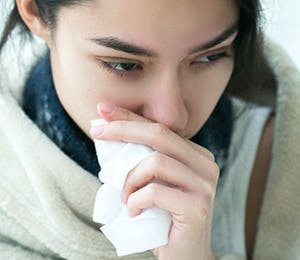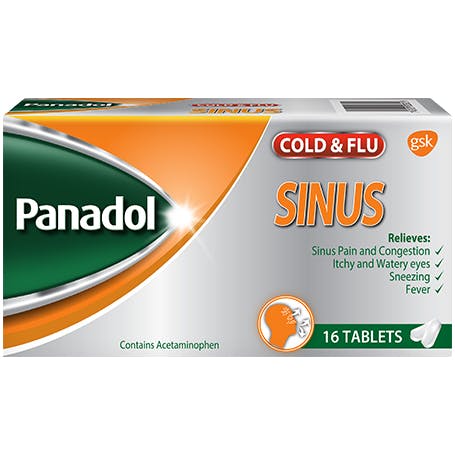
Up close with the flu
Influenza or the flu is a respiratory infection caused by type A, B, and C influenza virus.1 You get it when flu viruses enter your body through your nose and mouth. So, a person who coughs or sneezes near you can easily transmit the flu virus to you. That’s why you should always cover your mouth when you cough or sneeze and wash your hand frequently and with a correct technique.2
Because flu viruses change, researchers worldwide monitor the 3 or 4 viruses most likely to infect the most people. The researchers then create a vaccine in anticipation of these flu viruses. Flu vaccines are particularly important, especially during the flu season.3
THE FLU CULPRITS
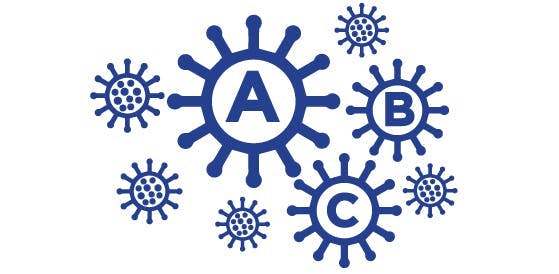
Unlike the cold, which can be caused by over 200 different viruses, the flu is only caused by influenza virus types A, B and C.1
While the flu vaccine can protect you from Type A and B flu viruses, the causes of large seasonal outbreaks, there is no immunization for the type C virus.1
MANAGING FLU SYMPTOMS

1. Drink, drink, drink
Drinking plenty of fluids may help break up congestion, moisten the throat, ease a dry cough and prevent dehydration.4-8
It is important to stay hydrated, so drink plenty of fluids.5 Water, lemon water, coconut water, soft drinks or tea can help with rehydration.
Avoid caffeinated and alcoholic beverages as they can dehydrate you.6
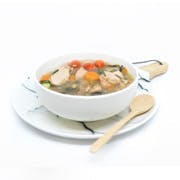
2. Soup for the sick
Hot liquids, fruit juice, tea with lemon or soup not only help to moisten and soothe the upper airways, but they may also have a psychological benefit by providing a feeling of comfort.6,8-9
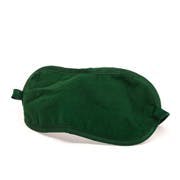
3. Get plenty of rest
Resting will help your body to fight the infection, so rest if you feel tired and sleep as much as you can.5
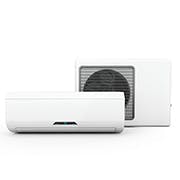
4. Humidify the air
Although there is no clinical evidence to support the benefit of humidifying the air, there is no harm in trying.10 It is possible that dry air may further irritate a sore throat and you might want to use a cool-air humidifier or vaporizer to eliminate dry air, or sit for several minutes in a steamy bathroom.6,8
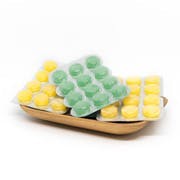
5. Sweet pastilles or lozenges
Sucking on a sweet pastille or lozenge may also provide some relief from sore throat or throat irritation. Avoid giving to small children as they can cause choking.6,8
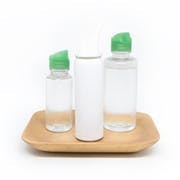
6. Nasal irrigation
A saline nasal spray can help break up congestion in the nose and remove excess mucus.7

7. Avoid irritants
Avoid smoking. Keep your home free from cigarette smoke and cleaning products that can irritate the throat.6-7
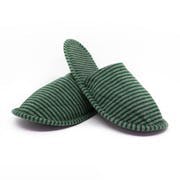
8. Try to avoid spreading the flu to others
In order to stop the flu from spreading to others, it is important to stay at home and away from work, school and other public places for at least 24 hours after your fever is gone. Most people feel better within a week of becoming infected with the flu virus. So, keep this in mind before seeing others.5,11
Also, remember to practice good hygiene. Always cover your nose and mouth with a tissue when you cough or sneeze and throw the tissue away after you use it. Wash your hands often with soap and water and use an alcohol-based hand rub afterwards.5,11
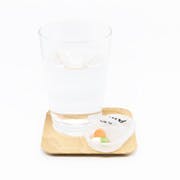
9. Seek relief from symptoms
Over-the-counter cold and flu medications can help relief flu symptoms.5
HOW PANADOL COLD & FLU HELPS
Over-the-counter cold and flu medicines such as Panadol Cold & Flu can ease flu symptoms and help you get back on your feet. Cold symptom relief can help you rest easier and in turn, aid in your recovery.
According to the flu symptoms that you are experiencing you can select the best Panadol Cold & Flu product for you:
*For more detailed information, please refer to the product labelling. In case of doubt, please seek medical advice. Your pharmacist or doctor can help advise on the most appropriate treatments for you. If your symptoms persist or worsen, you should consult your doctor.
Take Panadol Cold & Flu products only as directed and always refer to label before use.
Do not take with any other products that contain the same active ingredient(s). Taking products containing any of the same active ingredients together may lead to an overdose. Immediate medical advice should be sought in the event of an overdose, even if you feel well.
VISIT THE DOCTOR IF…
Cold and flu can sometimes progress, and worsening symptoms are suggestive of the need to see a doctor. See the alarm symptoms below:12

1. You have difficulty breathing, feel short of breath, or are experiencing pain in the chest or abdomen.

2. You have a fever that does not go away, refuses to come down despite medication, or you have a fever with a rash.

3. Your symptoms (which may include fever, headache, nasal congestion, fatigue or cough) persist or get worse.

4. You have severe or persistent vomiting.

5. You experience sudden dizziness or confusion.
REFERENCES
1. Centers for Disease Control and Prevention (2019, November 18). Types of Influenza Viruses. Available at: https://www.cdc.gov/flu/about/viruses/types.htm
2. Centers for Disease Control and Prevention (2018, August 27). How flu spreads. Available at: https://www.cdc.gov/flu/about/disease/spread.htm
3. Centers for Disease Control and Prevention (2019, December 2). Key facts about seasonal flu vaccine. Available at: https://www.cdc.gov/flu/prevent/keyfacts.htm
4. Guppy MP, et al. Advising patients to increase fluid intake for treating acute respiratory infections. Cochrane Database of Systematic Reviews 2011, Issue 2. Art. No.: CD004419. Available at: https://www.cochrane.org/CD004419/ARI_advising-patients-to-increase-fluid-intake-for-treating-acute-respiratory-infections
5. Mayo Clinic (2019, April 17). Self-care for the flu. Available at: https://www.mayoclinic.org/diseases-conditions/swine-flu/expert-answers/swine-flu-symptoms/faq-20058379
6. Mayo Clinic (2020, February 01). Sore throat: Diagnosis & Treatment. Available at: https://www.mayoclinic.org/diseases-conditions/sore-throat/diagnosis-treatment/drc-20351640
7. Mayo Clinic (2019, February 16). Nasal congestion Basics: When to see a doctor. Available at: https://www.mayoclinic.org/symptoms/nasal-congestion/basics/when-to-see-doctor/sym-20050644
8. Mayo Clinic (2019, June 21). Cough: When to see a doctor. Available at: https://www.mayoclinic.org/symptoms/cough/basics/when-to-see-doctor/sym-20050846
9. Sanu A, Eccles R. The effects of a hot drink on nasal airflow and symptoms of common cold and flu. Rhinology. 2008;46(4):271–5. Abstract available at: https://www.ncbi.nlm.nih.gov/pubmed/19145994
10. Singh M, et al. Heated, humidified air for the common cold. Cochrane Database of Systematic Reviews 2017, Issue 8. Art. No.: CD001728. Available at: https://www.cochrane.org/CD001728/ARI_heated-humidified-air-common-cold
11. Centers for Disease Control and Prevention (2019, October 9). Influenza (flu): Preventative steps. Available at: https://www.cdc.gov/flu/consumer/prevention.htm
12. Centers for Disease Control and Prevention (2019, October 8). The Flu: What to do if you get sick. Available at: https://www.cdc.gov/flu/treatment/takingcare.htm






